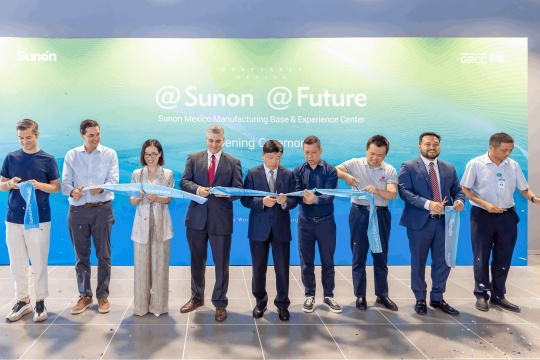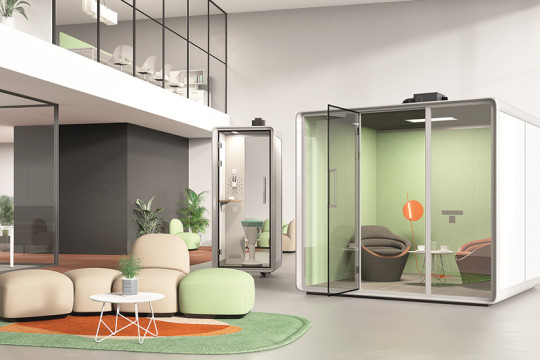5 Elements of High Performance Work Environments
CRE strategies are expanding beyond space and cost reductions to include initiatives to transform the office environment. High-performance offices are a physical reflection of a strong understanding of organizational goals and how the organization's components work together to accomplish those goals. All-important high-performance features, including as aesthetics, energy efficiency, sustainability, safety, engagement, experience, and occupant productivity, should be integrated and optimized in High Performance Offices.
While there is no easy one-size-fits-all strategy, facility managers can excel as the drivers of innovation and positive change in the workplaces for which they are responsible by understanding the trends in the ongoing evolution of the workplace environment and reaching out to partners within the organization.
In this article, we will look at how employers may design their workplaces to ensure high performance while also keeping employees engaged and committed to the company.
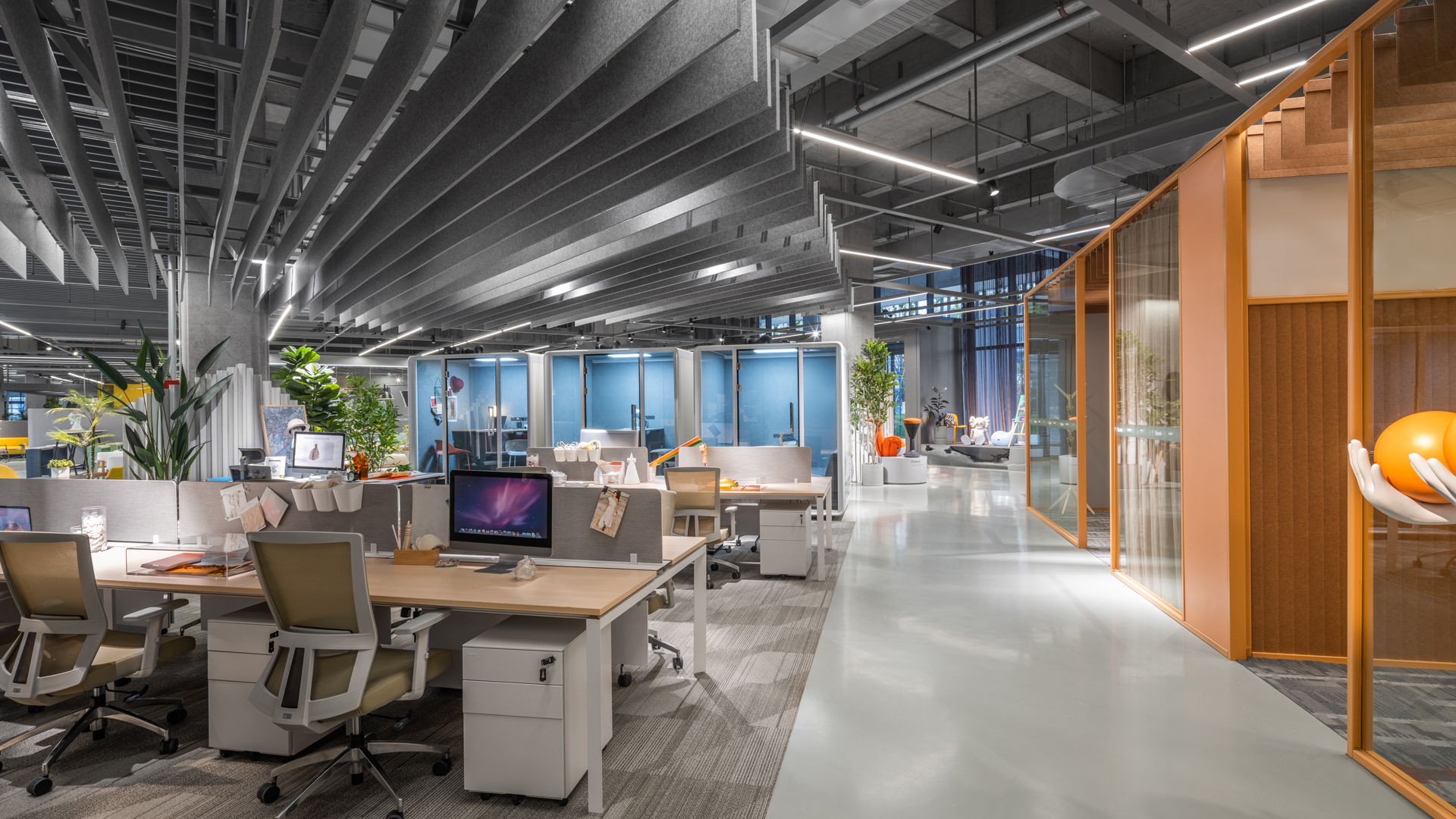
Factors to consider for high-performance offices
Today's workers expect more from their workplaces, and knowing these aspects may assist firms in developing environments that are better for employees and create better outcomes for the company.
Physical workspace
The physical setting in which people carry out their job, which more commonly encompasses both traditional office and factory floor settings. In order to create high-performance workplaces, we need to be aware of how physical design decisions impact our psychological well-being in addition to providing workers with the tools they need to execute their tasks.
Responsibility towards employees and environment
Given that LEED has practically become the norm, today's workplaces must take into account the health and wellbeing of its employees by paying attention to things like air quality and lighting. It's crucial as a tool for marketing as well as a way to demonstrate your staff that you value them.
The activity mix
It's crucial to understand the tasks or actions that team members will have to carry out in a certain space. Only if the combination of spaces fits the demands of the workforce will the new environment pay off with a high performing workplace. The more the variety of activities carried out in a specific space, the greater the benefit workers will derive from having areas especially created for the task they must complete.
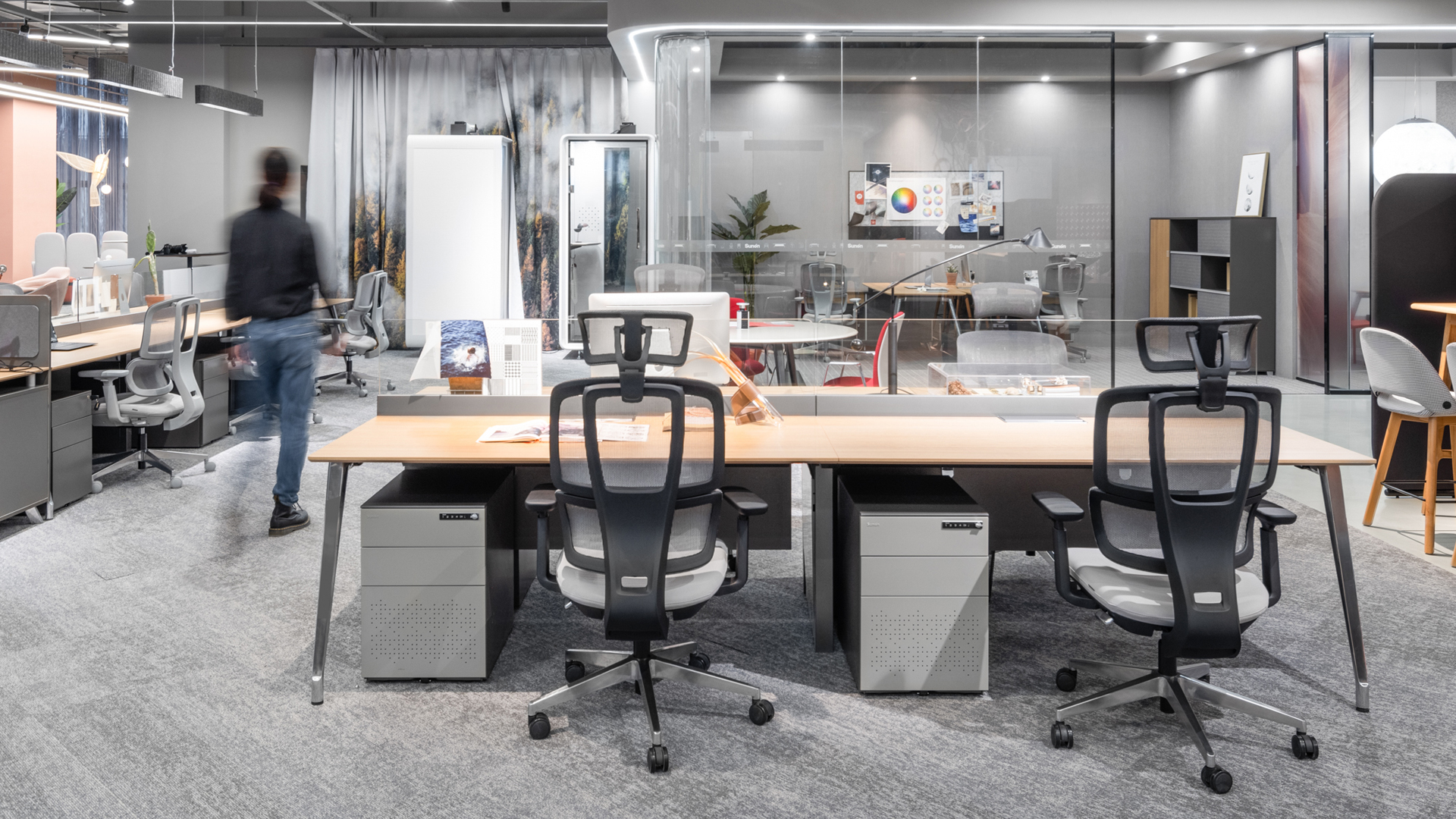
Diverse work settings
Your high-performance workplace may need to include open plan seating for team work, comfy lounges for brainstorming, a café to promote unplanned cooperation, as well as more private and quiet locations for concentrate work, depending on the demands of the teams. You can design a high-performance workplace where each team can do their best work if you have a clear knowledge of how each team uses the spaces and technologies like heat maps that enable you to visualize that data.
Change management
You can't expect a new workplace design alone to influence the culture of a company or change the working habits sufficiently to affect employee performance. To alter people's attitudes and behaviors, the employer must provide change management before, during, and after the adoption of the new work environment. The new environment won't be utilized as planned and won't turn into the high-performance workplace you had in mind until the company policies support the change.
An organization aiming to affect how their workers feel about their work can make use of each of these factors. These experiences have an impact on our behaviors, ingrained routines, and attitudes about our workplace.
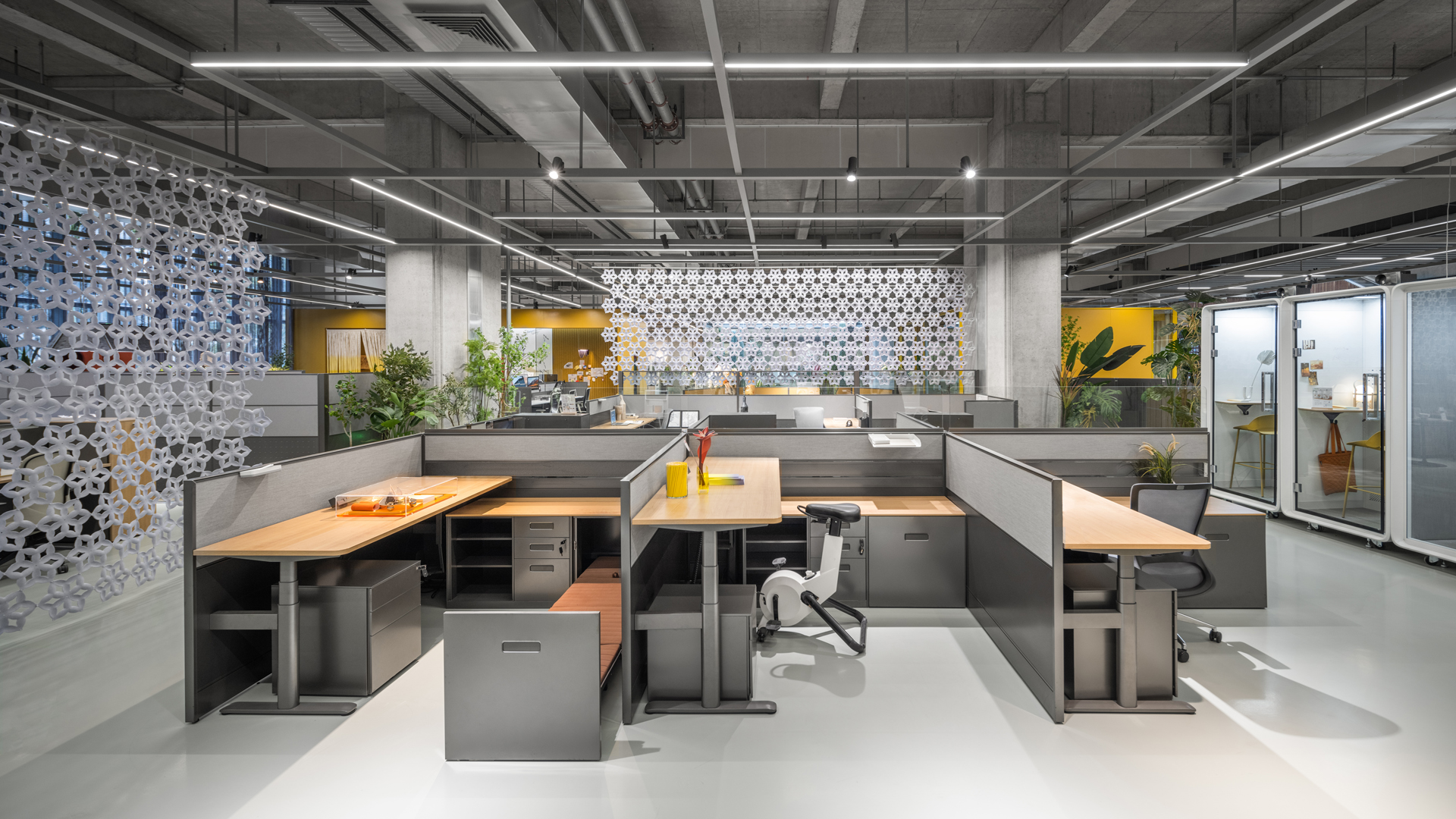
Conclusion
It is obvious that the working environment has an impact on employee attitudes and workplace performance. Companies should view offices as a "strategic instrument" to engage, motivate, retain, and hire workers rather than as a real estate "cost center." Employers must learn the value of formulating workplace strategies and the numerous ways the array of Influence Methods can be integrated into those to ensure that employees perform at their best and enjoy their jobs if they want to not only future-proof their businesses but also build a sustainable competitive advantage.

